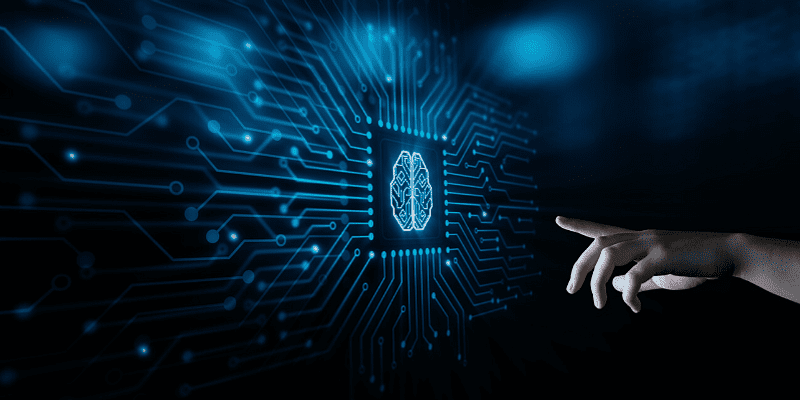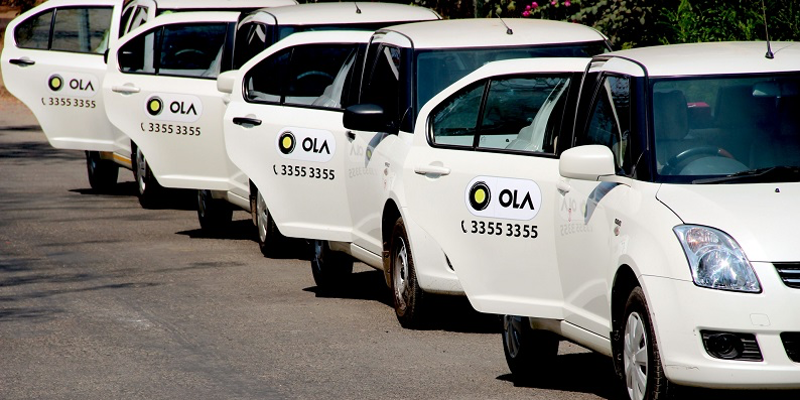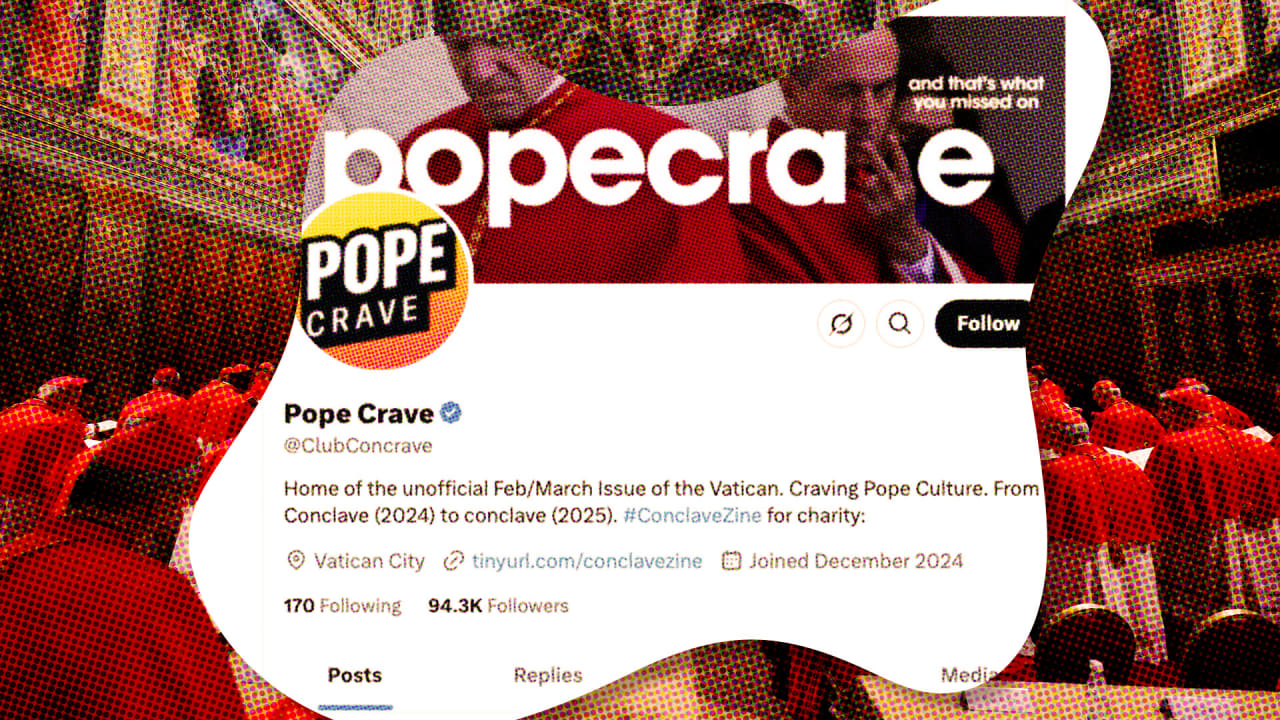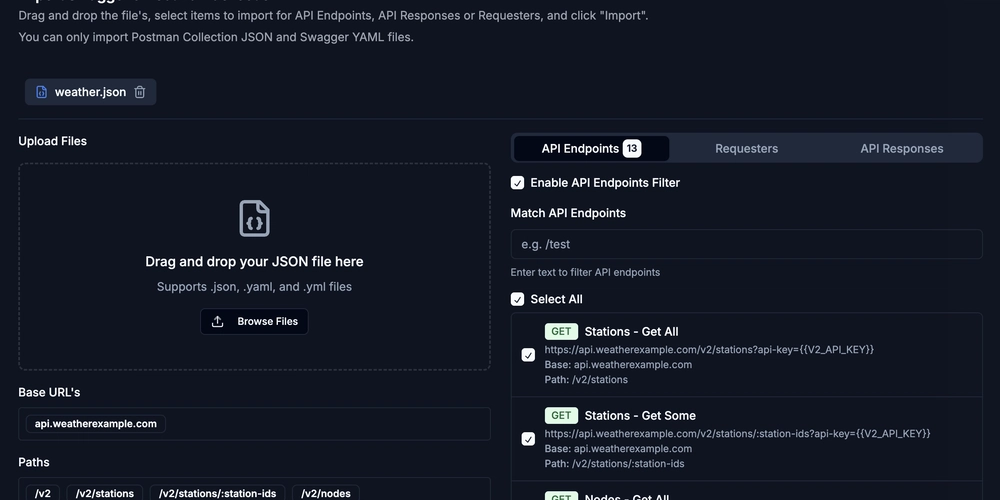The Future of AI-Driven API Integration and the Rise of MCP
The Future of AI-Driven API Integration and the Rise of MCP Introduction The integration of AI with various APIs is rapidly transforming the landscape of automation, content creation, and digital workflows. As AI systems become more capable of understanding and utilizing public APIs, the potential for seamless, intelligent automation grows exponentially. AI and API Collaboration AI assistants can now read, interpret, and interact with API documentation, enabling them to design and implement workflows that automate complex tasks. For example, as demonstrated in this repository, an AI can: Read API documentation (such as Forem/Dev.to) Generate scripts to automate publishing, editing, and managing content Adapt workflows to new requirements with minimal human intervention This capability allows for: Rapid prototyping and deployment of automation Reduced manual effort and human error Greater flexibility and scalability in digital operations The Rise of Model Context Protocol (MCP) Model Context Protocol (MCP) is an emerging standard that aims to unify how AI models interact with tools, APIs, and external systems. MCP provides a structured way for AI to: Discover available APIs and tools Understand their capabilities and constraints Safely and reliably invoke actions or retrieve data With MCP, the boundaries between AI, APIs, and traditional software blur, enabling: More robust and secure automation Easier integration across platforms and services A foundation for future AI-native applications Looking Forward As AI and protocols like MCP mature, we can expect: Even more autonomous, context-aware workflows AI-driven orchestration of multi-step, cross-platform processes New opportunities for developers and organizations to leverage AI as a first-class automation agent Conclusion The synergy between AI and APIs, accelerated by standards like MCP, is set to redefine how we build, automate, and scale digital solutions. Staying informed and experimenting with these technologies will be key to unlocking their full potential.

The Future of AI-Driven API Integration and the Rise of MCP
Introduction
The integration of AI with various APIs is rapidly transforming the landscape of automation, content creation, and digital workflows. As AI systems become more capable of understanding and utilizing public APIs, the potential for seamless, intelligent automation grows exponentially.
AI and API Collaboration
AI assistants can now read, interpret, and interact with API documentation, enabling them to design and implement workflows that automate complex tasks. For example, as demonstrated in this repository, an AI can:
- Read API documentation (such as Forem/Dev.to)
- Generate scripts to automate publishing, editing, and managing content
- Adapt workflows to new requirements with minimal human intervention
This capability allows for:
- Rapid prototyping and deployment of automation
- Reduced manual effort and human error
- Greater flexibility and scalability in digital operations
The Rise of Model Context Protocol (MCP)
Model Context Protocol (MCP) is an emerging standard that aims to unify how AI models interact with tools, APIs, and external systems. MCP provides a structured way for AI to:
- Discover available APIs and tools
- Understand their capabilities and constraints
- Safely and reliably invoke actions or retrieve data
With MCP, the boundaries between AI, APIs, and traditional software blur, enabling:
- More robust and secure automation
- Easier integration across platforms and services
- A foundation for future AI-native applications
Looking Forward
As AI and protocols like MCP mature, we can expect:
- Even more autonomous, context-aware workflows
- AI-driven orchestration of multi-step, cross-platform processes
- New opportunities for developers and organizations to leverage AI as a first-class automation agent
Conclusion
The synergy between AI and APIs, accelerated by standards like MCP, is set to redefine how we build, automate, and scale digital solutions. Staying informed and experimenting with these technologies will be key to unlocking their full potential.















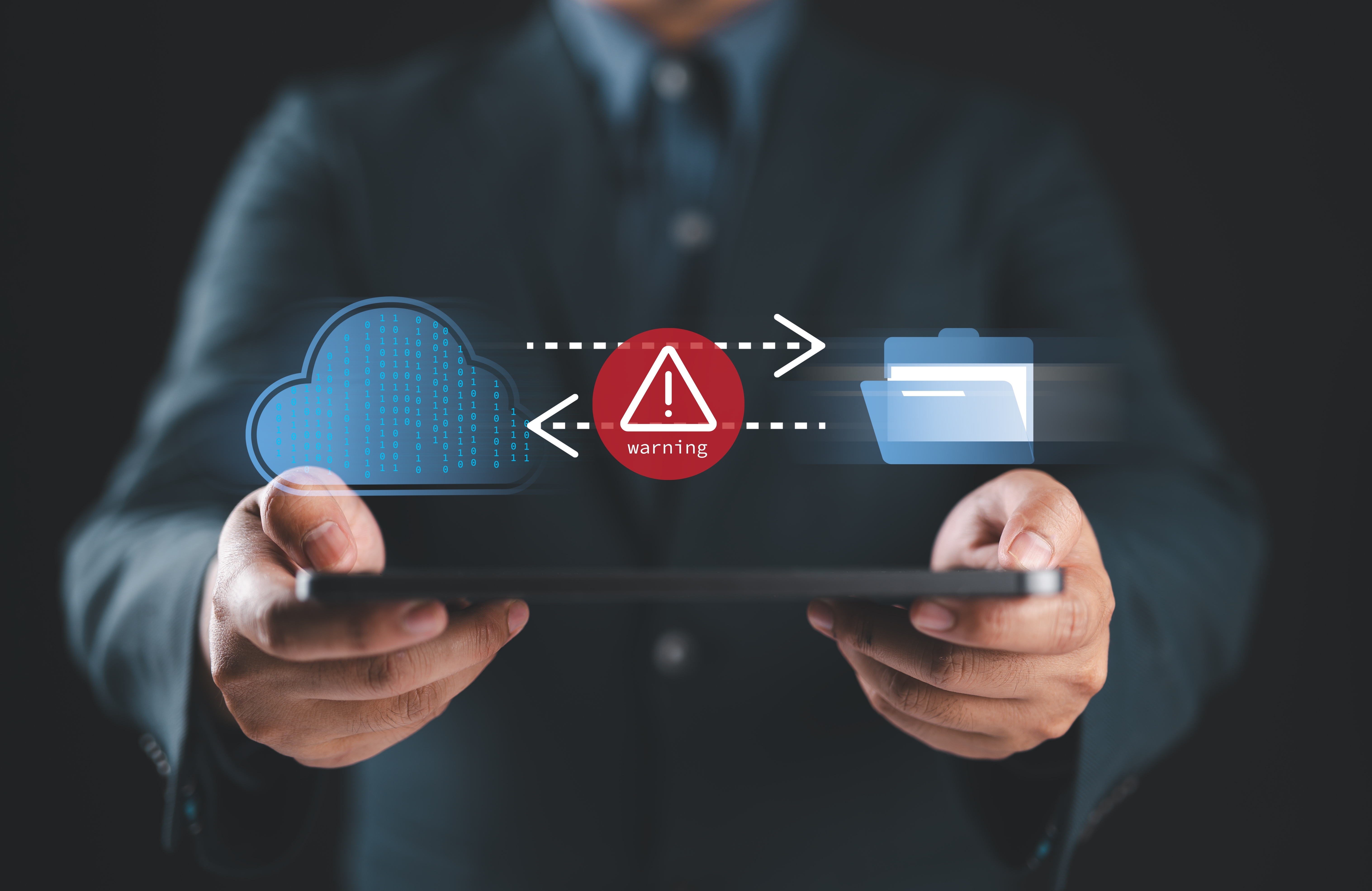

























































































































































![[The AI Show Episode 146]: Rise of “AI-First” Companies, AI Job Disruption, GPT-4o Update Gets Rolled Back, How Big Consulting Firms Use AI, and Meta AI App](https://www.marketingaiinstitute.com/hubfs/ep%20146%20cover.png)



























































































































































































































































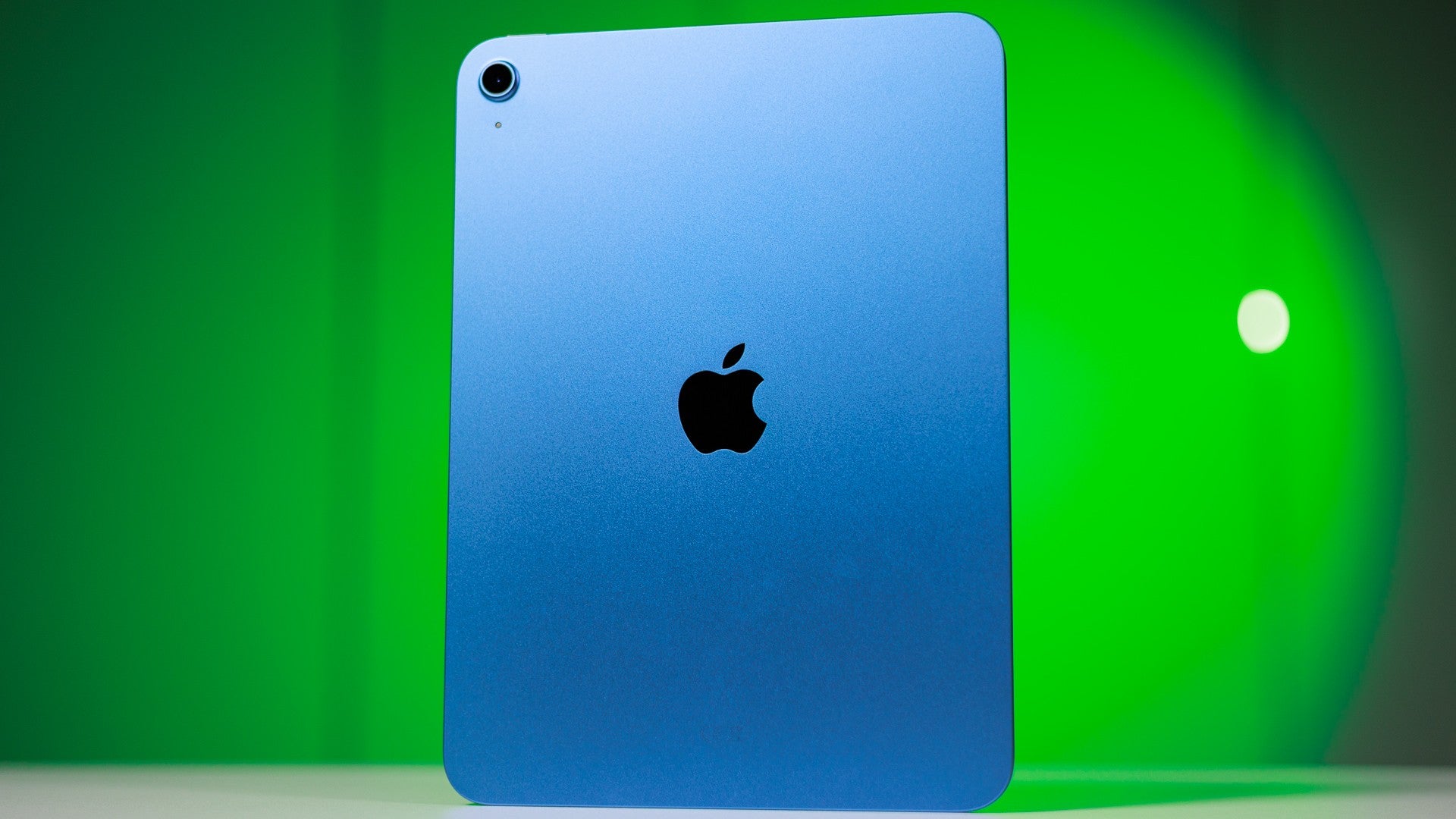














_Aleksey_Funtap_Alamy.jpg?width=1280&auto=webp&quality=80&disable=upscale#)
_Sergey_Tarasov_Alamy.jpg?width=1280&auto=webp&quality=80&disable=upscale#)


























































































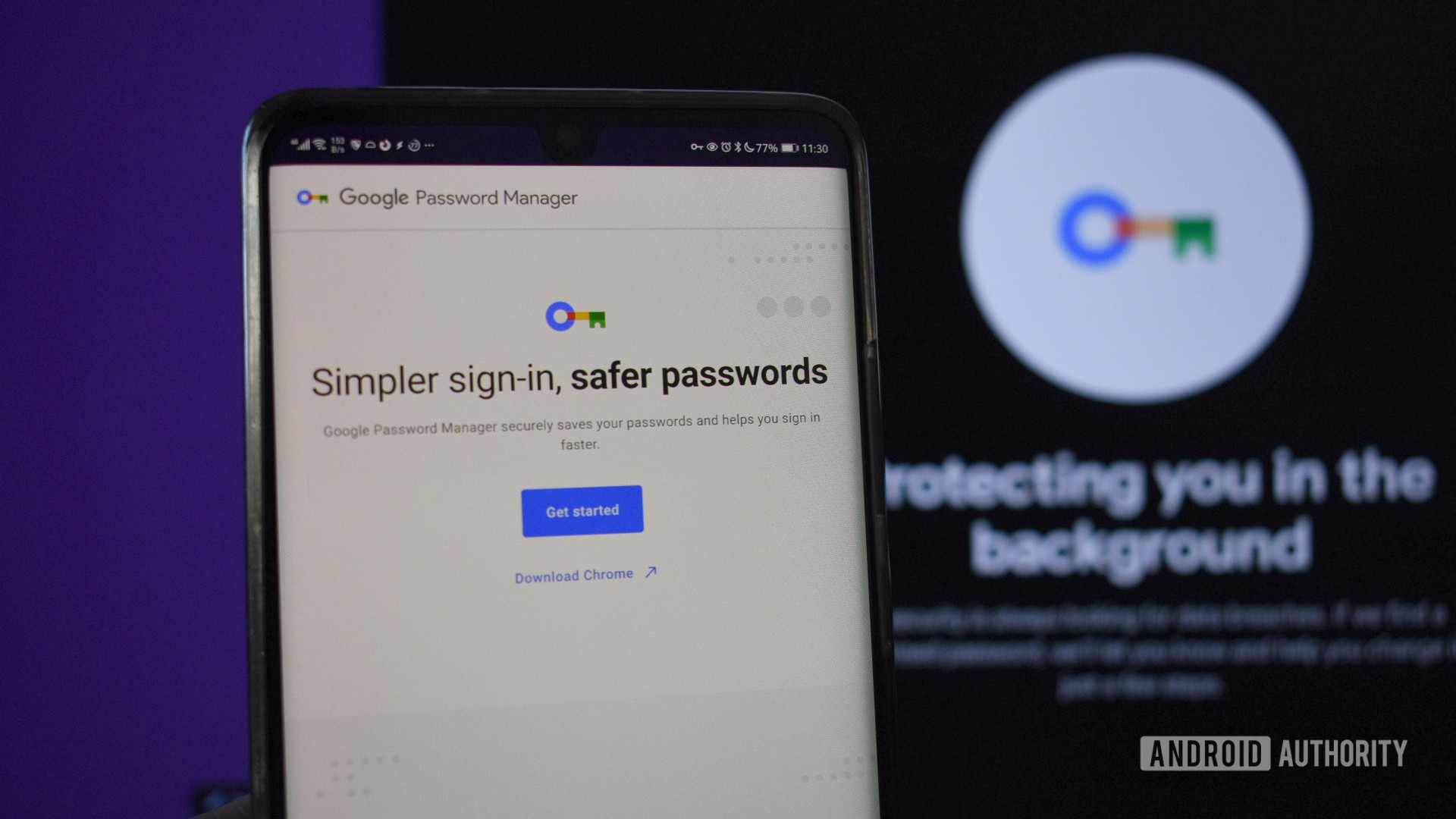




















![Apple Foldable iPhone to Feature New Display Tech, 19% Thinner Panel [Rumor]](https://www.iclarified.com/images/news/97271/97271/97271-640.jpg)
![Apple Developing New Chips for Smart Glasses, Macs, AI Servers [Report]](https://www.iclarified.com/images/news/97269/97269/97269-640.jpg)
![Apple Shares New Mother's Day Ad: 'A Gift for Mom' [Video]](https://www.iclarified.com/images/news/97267/97267/97267-640.jpg)
![Apple Shares Official Trailer for 'Stick' Starring Owen Wilson [Video]](https://www.iclarified.com/images/news/97264/97264/97264-640.jpg)


































































